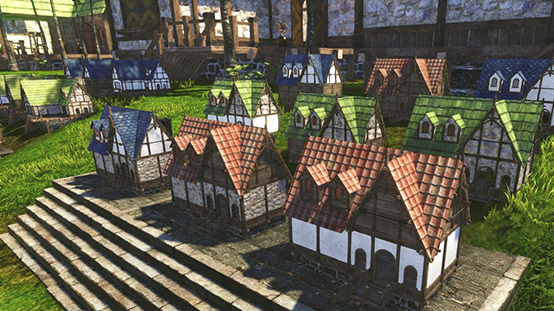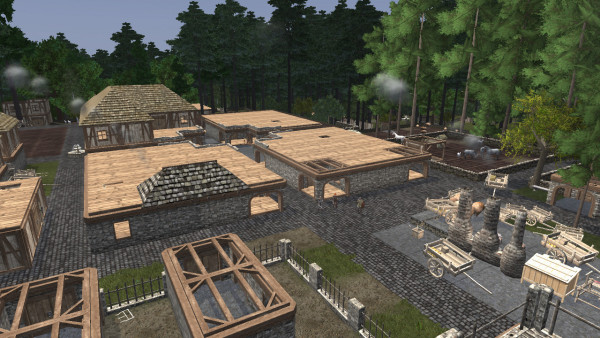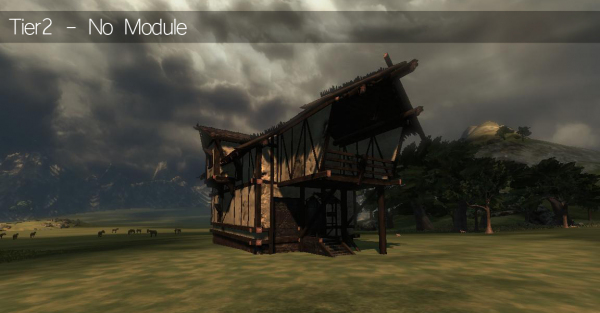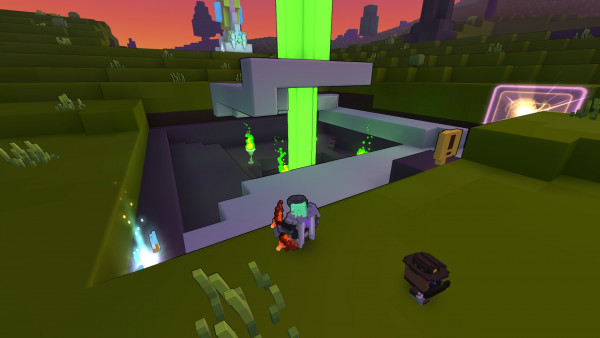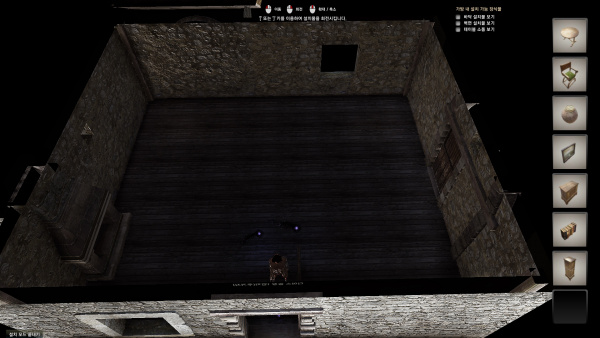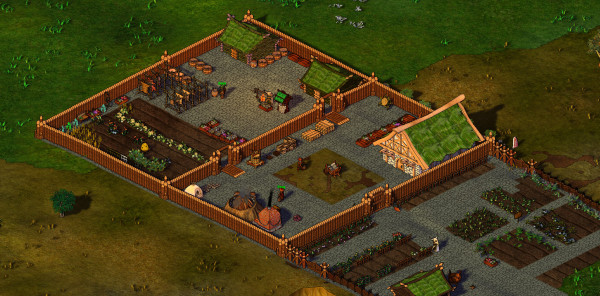Does Open World Housing Actually Work?

In sandbox games one feature that seems to be held in particularly high regards is open world housing. The idea that in a seamless world players can just walk out of their house and go about their daily hunting is uniquely fascinating. However, I often find myself wondering if it really works. Between land rushes and empty shells of houses that were once occupied by players who have long since quit, one has to wonder if it is not really ideal. Let’s take a look at a few recent examples of open world housing models and some of the issues that come with them.
Many complain about the pay-to-win nature of ArcheAge’s PvP combat and the absurd limitations on Labor Points, but there’s yet another system that has garnered disdain over time. ArcheAge’s housing system gives players several different property sizes in various locations, including both protected zones and open PvP lands. Players are required to buy the property and then pay weekly property taxes through the in-game mail system.
The problem with ArcheAge’s land system is that it doesn’t have nearly the amount of plots necessary to sustain a popular server population. Entire servers were running out of plots on the first day. Since then, whenever plots open up players have reported that bots are picking them up nearly as soon as they’re listed. Those that aren’t aren’t high enough in number to sustain the playerbase that is looking for them.
In addition to that, I find the layout unappealing. Look at the image above. It’s simply too crowded.
Wurm Online, being the community-oriented sandbox it is, has a settlement system rather than a generic housing system. Players must obtain a settlement form or a deed stake and use it to place an 11x11 settlement in a spot where it does not overlap with any other settlements. Players can then extend this settlement on a per tile basis by paying for more space. This, in turn, increases the upkeep. And the settlement’s structures will slowly decay if upkeep is not paid.
Wurm Online’s system can probably be considered the most ideal realistic system. It still largely suffers from a lack of land. And every new server results in a commence land rush joke of some sort or another. But there are systems in place to ensure that players who own land are actively working to take care of it. Nevertheless, I consistently have my doubts that allowing indefinite expansion of settlements was a good idea.
The newly-released Wurm Unlimited may ease the pain for some players by allowing them to play Wurm in their own private worlds, but it hardly addresses the core issue. The MMO will still suffer from a lack of land. Players shouldn’t necessarily be required to play in their own private servers in order to feel like they have a shot at developing a good plot of land. Not to mention that popular servers may suffer the same fate as the MMO.
As a PvP-heavy game Mortal Online’s housing is a bit different. In Mortal Online you obtain a Tier 1 housing plan and then scour the world looking for a place that you can put it. Houses are placed in the open world but are restricted to specific areas. Once placed, players can upgrade them to Tier 2 or 3, which unlock additional module slots and increase their size.
However, they can be destroyed by other players even when you’re offline. If a house is not completely destroyed you can attempt repairs, but otherwise the house will become ruins. At this point it will go through several looting phases before being destroyed.
Mortal’s housing system certainly addresses the “not enough land” issue while staying true to its PvP roots. The problem is that players may not be able to sufficiently defend their houses. Imagine building up a Tier 3 house with 3 modules on your own, just to have it destroyed while you’re offline. Not the most appealing prospect.
Trove’s system of open world housing is a bit bizarre. There are cornerstones littered throughout each world. You may at any time place your house at an empty cornerstone, even if you had already placed it that session. If your cornerstone already exists somewhere else in the world it will move to the new location. This design is most likely due to the impermanence of worlds. Each world is an instance created by matchmaking a set of players similar in level and randomly generating a level for them to explore. Permanence in cornerstones would be impossible due to this.
Something tends to feel off about it. I had said in my review of the game that “it creates a feeling of vagrancy.” There’s this feeling that it’s not really a house, but a tent that you sort of carry around and set up when the game allows. You don’t really feel like you own a house, but this relatively small structure that you use as a base of operations. Unfortunately, everyone else can use it as a base of operations. All of the facilities placed in your cornerstone can be used by any other player.
Black Desert
While the exact nature of the North American and European release is yet to be revealed, the existing Black Desert servers make use of “phasing,” which is an odd mix of open world and instanced housing. Houses exist in the open world but each player sees a different house when they approach. This system is more ideal because it removes the issue of not having enough space.You also don’t get stuck with large unappealing neighborhoods, as in ArcheAge, but you don’t see other players’ personalized houses. You can’t simply walk into others’ houses and others can’t simply walk into yours. The small touch of civilization isn’t there.
Black Desert also features a secondary system of guild castles and housing that are permanent fixtures in the world, but they operate a bit differently. They are meant to be warred over, spoils for the guilds that can hold them. They are meant to be few in number and don’t keep players from having their own houses.
Conclusions
Personally, I don’t think any game has nailed the open world housing model. There’s either an unbelievably small amount of land available or housing comes with too many caveats. As player numbers increase at a rate that world sizes don’t seem to be able to keep up with, we face an issue that only instancing seems to be able to solve in the long run.
Is there a way to realistically incorporate housing without devoting entire zones to similar-looking houses and potentially increasing already-high travel times? Haven and Hearth has a system comparable to Wurm Online, but features a world so large that players can become hermits and never encounter others if they so desire. As mentioned above, other games like Black Desert have resorted to faking the experience of open world housing in order to make sure everyone has a house. Neither are perfect solutions, and I feel it might be a while before we come across a solution that nails housing.
